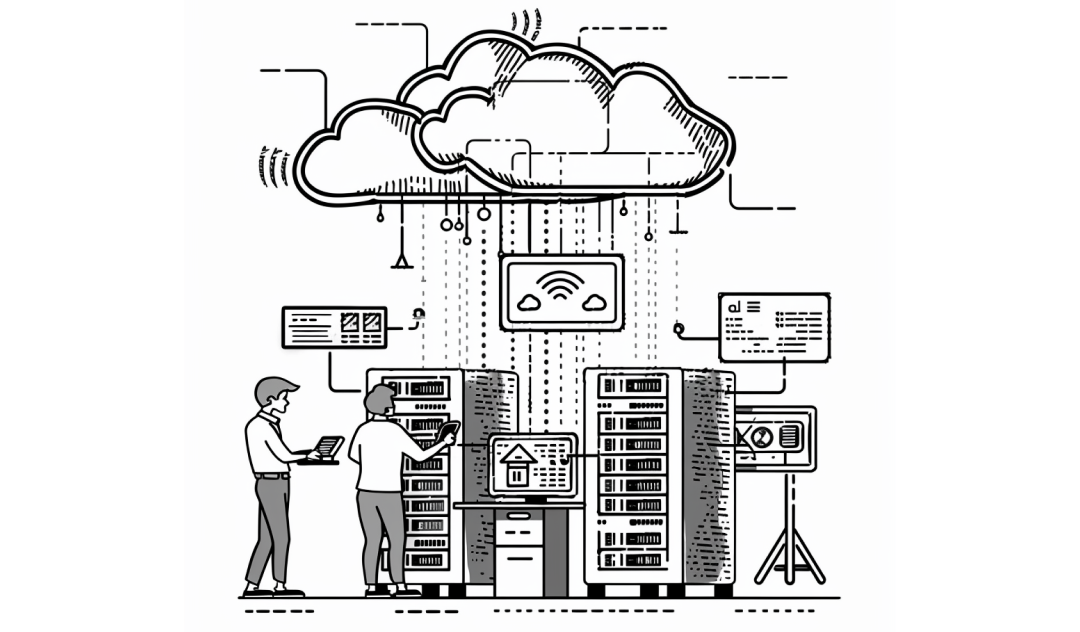For many businesses today agility is key: the ability to launch new products at speed and respond dynamically to fast-changing markets and customer demand. Equally, many businesses find their ability to act quickly hampered by the weight of technical debt that legacy platforms impose on them. The problem is like this: you need to go faster but there’s no time for a pit stop, no time for an oil change or engine service. Never mind the fact that the very car itself is not exactly the latest model, let alone a Ferrari.
Part of the difficulty of addressing the problem of technical debt is that nothing is cheaper than running fully depreciated software systems. They may still cost a lot in terms of annual support and maintenance but building Ferraris may be beyond your team’s skills and buying one more than your budget can allow. It just is a lengthy and expensive task. That’s a challenge when it comes to raising the budgets required for legacy replacement projects and digital transformation initiatives: many of which have traditionally been multi-year and multi-millions. The cost and complexity are made higher by the need to cope with the spaghetti of point-to-point integrations that have grown up over time. Often it can seem tempting to keep on patching up the existing estate and just making do.
Meanwhile, however, new market entrants have no such barriers to overcome. They can take immediate green-field advantage of the latest developments in technology to build cloud-native, omni-channel, resilient and secure applications, right now, with no drag from legacy systems.
How best then to respond to these challenges if you recognise your efforts at innovation are hampered by legacy, by development taking too long, by support taking up too much of your bandwidth? The reality now is that digital business demands are going to force technology teams to change the way they do application development: they can’t afford to be a brake on the business and they need to do more than just keep the lights on. They have to be agile, they have to have devops, they have to be API-led, and they have to be cloud-first, if not multi-cloud-first.
Buying a new system is one option of course but typically to get the best from it you have to adapt to it, fit in with how it works and its processes, rather than it fitting in with you. And there are always the dangers of vendor lock-in. Does it have the open architecture you need? What if you needed to migrate your data away?
Rebuilding legacy is the other main option open to you but then it’s back to the question of how much will it cost and how long will it take?
A low-code platform like OutSystems takes the edge off that classic buy vs build decision by giving your development team a massive head start. OutSystems takes care of lots of work ‘for free’: user management, security, out of the box analytics, logging and embedded monitoring, configuration management and deployment, a whole enterprise-grade framework that allows your development teams to start writing application logic and getting into screen builds straight away. What’s more, your teams can deliver much much faster than ever before because they are freed up from the low-level procedural aspects by OutSystems and can concentrate on the visual modelling of logic, screens, and data-flows.
If you are already an OutSystems customer then you know this (and, if you don’t, have a quick read of How OutSystems solves the problem) but maybe Systems iO and Adrosonic could assist you with their experience in getting the most out of the platform and help you with additional architecture, tech lead, development and (automated) QA resource. Or if you are new to OutSystems, maybe you would consider letting us run a proof of concept to show you how much can be built in just one week.



